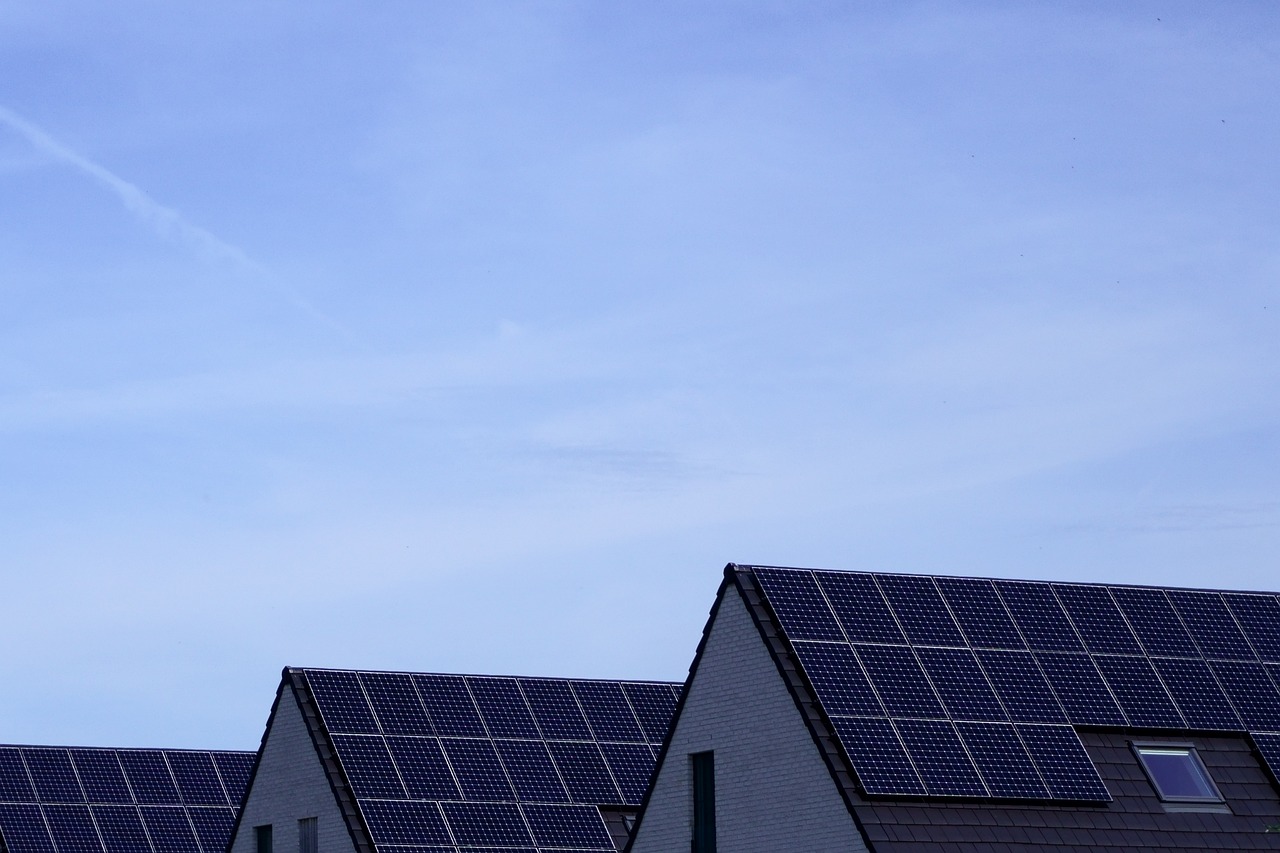Attachments
Note: Not all attachments are visible to the general public. Research URLs will go live after the embargo ends.

Journal/
conference: Nature Cities
conference: Nature Cities
Research:Paper
Organisation/s:
The University of New South Wales, University of Calcutta, India
Funder:
Funding was provided by the
Sponsored Research and Industrial Consultancy under grant IIT/SRIC/
AR/MWS/2021-2022/057, the National Oceanic and Atmospheric
Administration through the National Integrated Heat Health
Information System under grants NA21OAR4310146 and NOAA/CPO
#100007298 and the National Aeronautics and Space Administration
for Interdisciplinary Research in Earth Science (IDS) under grants
80NSSC20K1262 and 80NSSC20K1268. Additional support was
provided by the US National Science Foundation through grant
OAC-1835739, the US Department of Energy under grant ASCR DE-
SC0022211 and the Urban Integrated Field Lab Community Research
on Climate and Urban Science under grant DE-SC0023226.



 Australia; International; NSW
Australia; International; NSW


